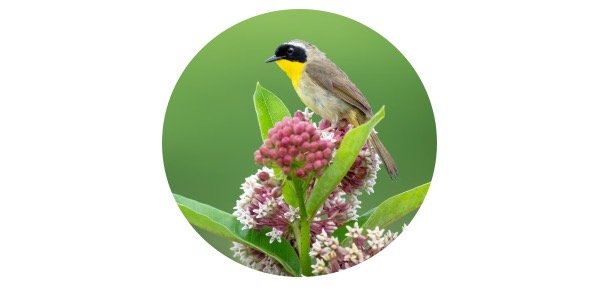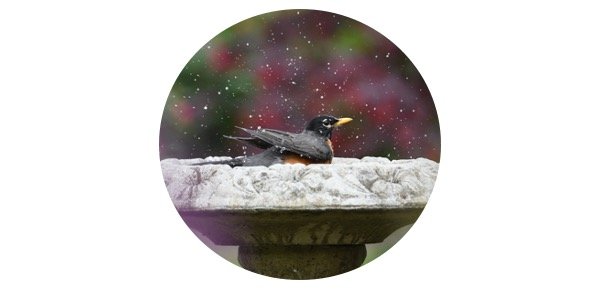10 Proven Tips On How To Attract Bats To Your Yard
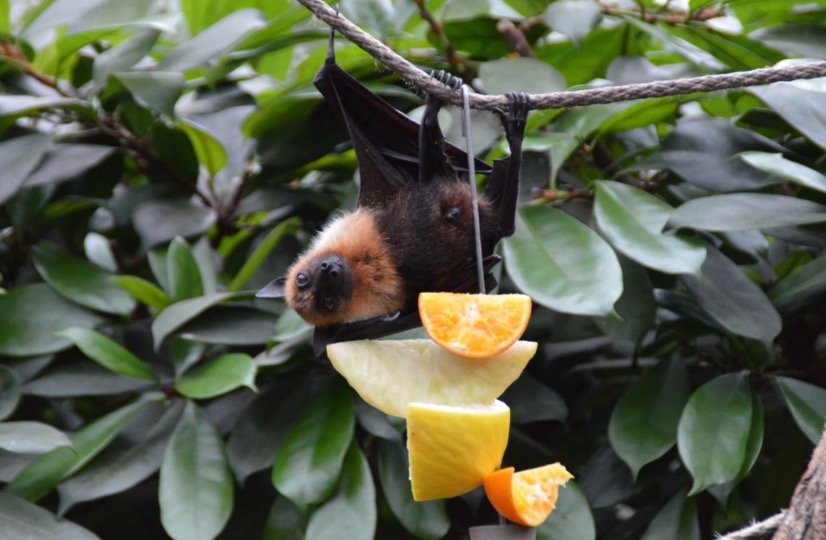
Table of Contents
How To Attract Bats?
Insects can cause harm to vegetable gardens and also spread several diseases. Bats can help you in controlling the insect population in your yard as they hunt insects for their food that will be a perfect organic pest controlling method.
The droppings of bats or guano are considered the best, nutrient-rich fertilizer that also helps in making your garden thrive. In this article, we will give your some tips and tricks to attract bats to your garden.
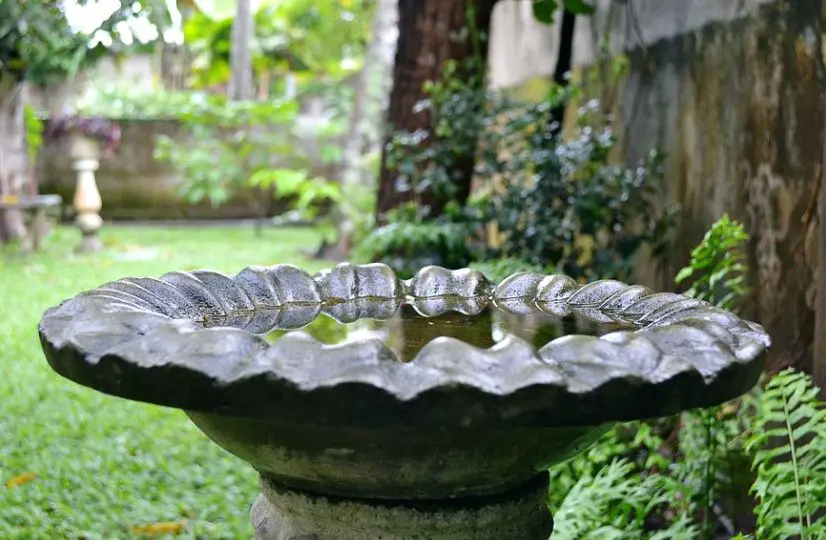
i. Add a water source
Most insect species congregate around water sources, thus bats also like water sources such as ponds. Bats can live within an area of 0.4 kilometers from a water body, which is an ideal habitat for them. Water is very essential for bats.
According to bat Conservation International’s Water for Wildlife program, bats can lose 50% of their total body weight in water. Even bat species living in deserts also require water periodically.
You can install a birdbath or fountain in your backyard garden if there is not any water source present nearby. When it comes to their desire to grip on some surfaces, the behavior of bats is very similar to other birds.
You can also consider choosing a birdbath with a perching space on the edges. However, bats generally don’t land for drinking water but always ensure that the water bath should be something bats can climb out of. Instead of landing for water or skimming, they prefer quick, mid-flight gulps.
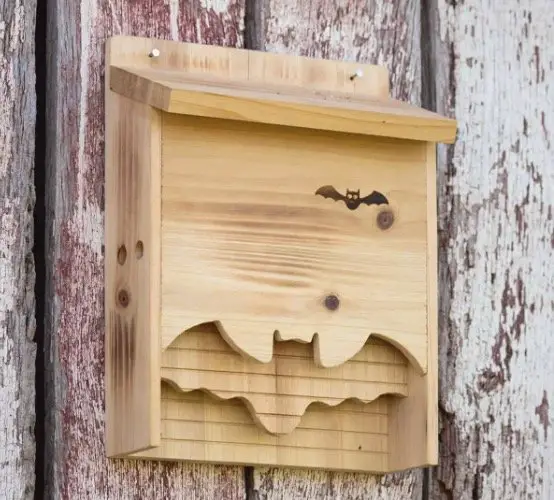
ii. Install a bat house
You can also think about installing a bat house in your yard, which will provide habitat for these birds. Habitat is the most necessary thing that they need. You can make your bat box by using rough, nontoxic wood such as plywood or cedar.
Bats prefer rough surfaces because they can easily climb on a house made of rough material. If you are thinking to buy a bat box, always buy a bat box that is BCI-certified.
The Bat Conservation International recommended that the bat box should have three chambers, interlocking boards, grooved interior surfaces, passage holes, and side vents, which help in cooling the house and mounting brackets.
The tallness should be at least 2 feet and 1 foot wide. The bat house should be around 3 inches deep. The box should be hung around 10 to 15 feet above the ground and in a sunny place so that the box can absorb heat and light during the day.
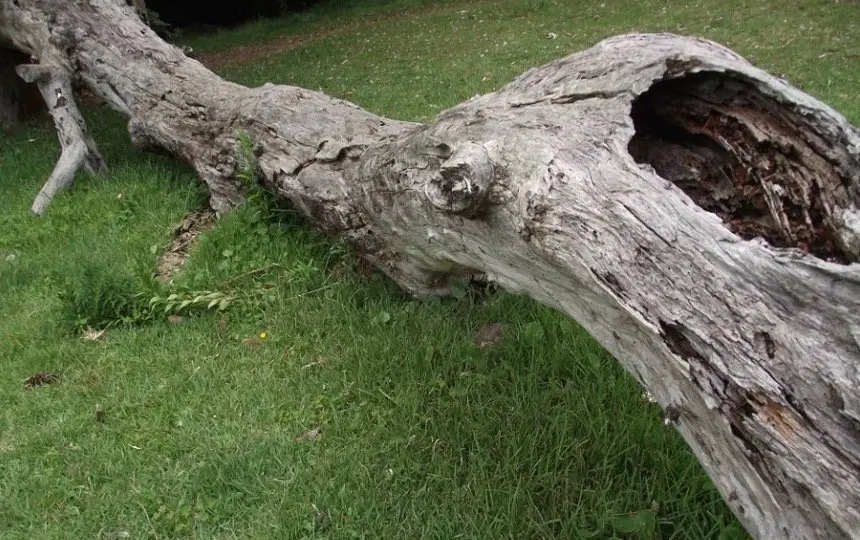
iii. Keep the dead trees
A source of shelters such as trees and large shrubs is essential for bats like other birds. These trees offer them a suitable dwelling place. Bats find their nesting space in abandoned buildings, hollowed trees, loose tree barks, or under a building’s eves.
Dead trees and shrubs act as a suitable roosting point for bats. The space between the wood and bark of a tree, which is narrow and hollow provides a perfect space for bats to squeeze in nice and tight.
You can keep the dead trees in your backyard garden as long as they do not pose threat to people and property. The trees are used as a resting place by bats and other birds even for bugs that are eaten by bats.
Bats get attracted towards plants and especially dead trees and shrubs standing in your yard. Bats do not need any disturbance during hibernation.
During the winter season, they undergo hibernation and awake on their own three to four times during the whole season. But if anyone disturbs them more than that, they use their fat reserves and starve.
iv. Plant night-blooming flowers
Bats are nocturnal species, so they love flower species that bloom at night. They prefer a garden filled with flowers and herbs and shrubs. Night-blooming flowers attract bats because they also attract insects and these insects are eaten by bats.
The garden full of flowers acts as a magnet for bats at night because they get insects from these plant species. Some floral species loved by bats include datura, moonflower, Four-o’clock, yucca, evening primrose, night-blooming water lily, jasmine, cleome, and nicotiana.
Nocturnal species including bats prefer fragrant flowers, herbs, as night-blooming plants. You can also develop bat gardens that have enough insects and roosting sites for bats.
Some flower species release scents during the night such as sweet rockets, and soapwort helps in attracting insects and bats. Bats are also attracted to pale-colored flowers such as thyme, raspberry, honeysuckle, and dahlia.
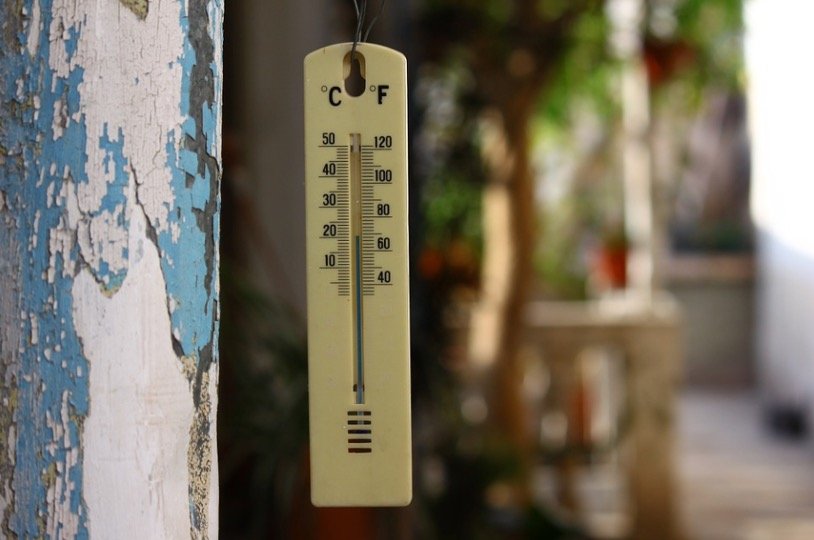
v. Keep the bat house temperature right
According to BCI, the temperature is the most significant factor for a perfect habitat for bats. While making a bat house, it should be considered that the interior temperature should be stable or warm.
The ideal temperature should be 800F to 1000F during the summer season. You can control the temperature of the bat house by its location and color after building the house.
Prefer to place the house in such a position where it can get enough sunlight for a minimum of 6 hours and the house should be facing towards south, east, or southeast in most seasons. The outside of the house should be painted with a black color that helps in absorbing heat.
You can also consider taping a thermometer to a pole where the house is hung that helps in observing temperature inside the bat house. To see if the house is holding an ideal temperature or not, check all the chambers from front and back.
vi. The location of the bat house is the key
You should carefully select the location to hang your bat box so that you won’t have to move it after a bat occupy the box. Location of the box is an important factor for bats, they prefer a place where sunlight is available and the temperature is warm.
Bats are seen mostly roosting in trees and they will prefer a bat house, which is hung on a pole or building. They may do this because predators can easily access them in tree branches.
The bat box should be placed in a place that is high enough and allow an undisturbed flight area for bats. The bottom of the bat house should be 15 to 20 feet above the ground, and as the height of the box is higher, the chances of occupying the box increase.
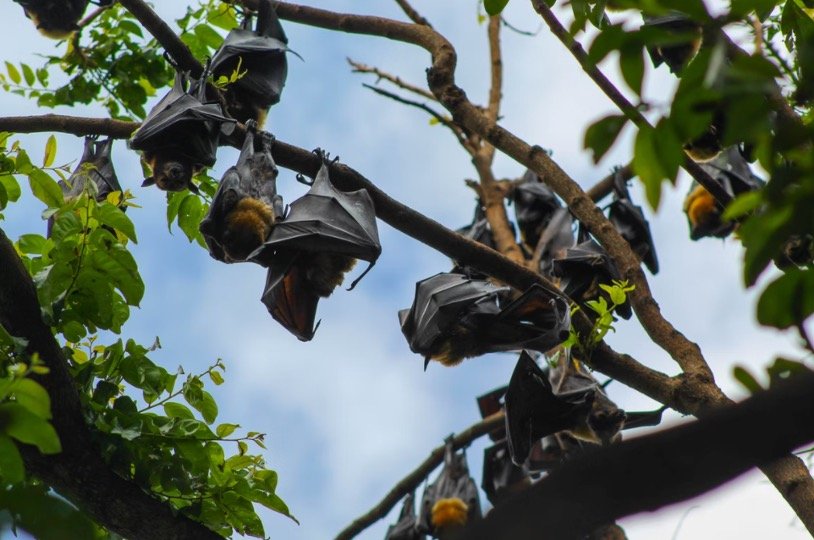
vii. Your timing needs to be right
Spring and early summer is the best season when you can attract bats in your garden, trees, and bat houses. However, some bats can also visit your bat box during winters or in the fall but they prefer warmer seasons so they can be spotted during summers.
According to BCI, more than 90% of bat boxes that are occupied were used within two years. In some areas such as the northeast, the bat houses are used only during the summer season for roosting and raising their young.
Bats are migratory birds and they migrate towards warmer places during winters. During most of the winter season, the birds undergo hibernation. Bats are relatively pickier than other birds so don’t expect them to move away in a straight line.
Patience is most important for attracting bats. March and June/ early July are the best seasons for mounting the bat boxes. The boxes are only used during summers to raise their young and for roosting.
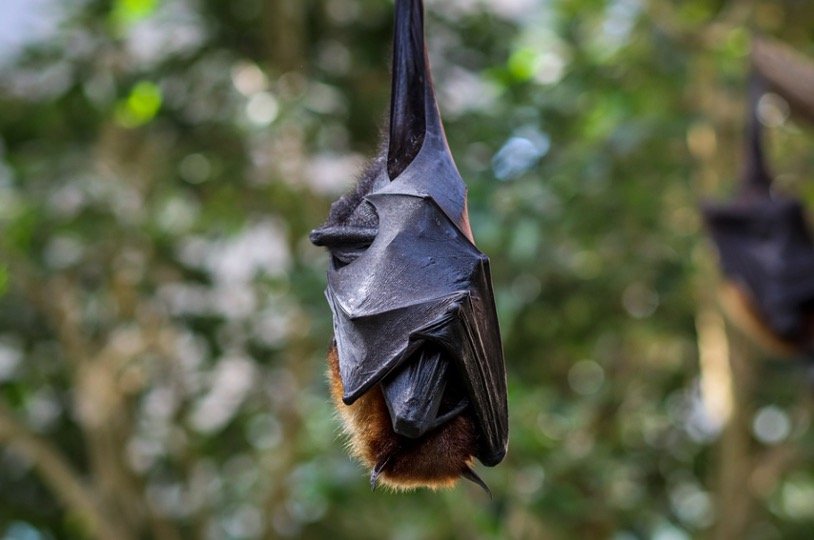
viii. Don’t forget to monitor the bat activity
After placing the bat box in a suitable location, regularly keep an eye on the box and notice that if a bat is already living in the box or if it is needed to change the location of the bat box. Sometimes, it is really hard to tell whether the bat box has bats or not.
In that condition, check droppings, if you find it, it is the indication that bats are living in the bat box. During the summer season, small groups of a bat may inhabit the bat house. Bat droppings are also known as guano.
A small group of bats may not produce much guano so closely check the ground during morning and evening where you can find some black dots. You can also shine a bright flashlight into the bat box for at least 30 seconds for looking into the box for bats.
However, the practice should not be done regularly particularly for a young start-up colony. If the bats feel threatened due to this practice, they may leave the house.
ix. Keep your bat house populated
Bats show the tendency of nest fidelity which means that the birds are often seen returning to the same nest after a year or next year. But it is necessary to maintain the bat box and keep it in a good shape so that bats can visit there.
Bats consider the shape of a bat box. Often, bats get attracted towards a small bat box but they abandon the box after growing their colony. So, at starting choose the bat box that can hold at least 80 to 100 bats.
When bats leave the box, regularly maintain the box. You should regularly check it for any cracks, drafts, or potential leaks. Also make sure that during winters or fall, the box has not occupied by bees and wasps.
The cleaning of the box during winters is crucial. Also, detect potential problems such as predators, overheating, and wood deterioration at least once a month.
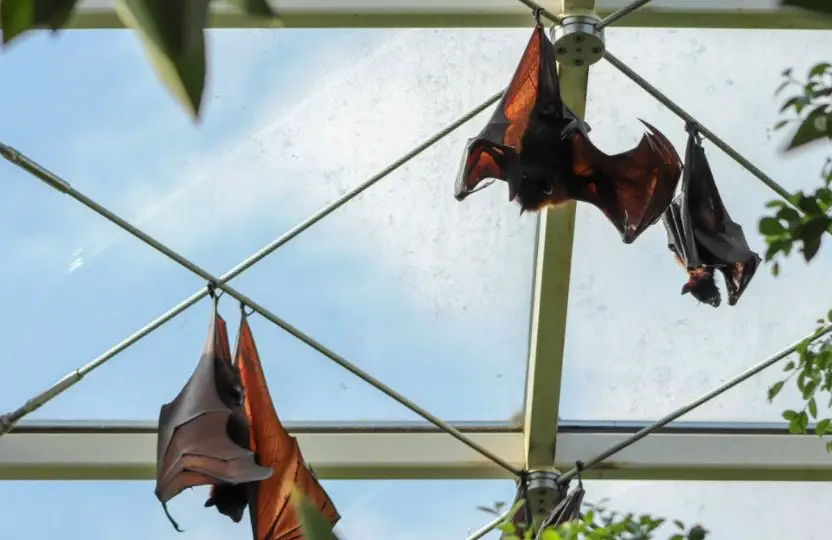
x. Use light as a decoy
Lights help to attract a variety of insects in your yard and it will attract bats, so you can use a lot of lights in your yard. However, it is not necessary. Lights are also called bug magnets because they are one of the easy methods to attract bats in your yard.
You can only add a simple lamp outside of the garage that helps in attracting insects as well as bats. This trick does not need any special type of light, but the light should be appropriate for the outdoors.
A mercury vapor light is also recommended that attract insects in the yard. You can also use black or ultraviolet lights if you are an entomologist and want to study insects.
These lights have shorter wavelengths than visible or normal lights, which can be seen by human eyes. Various nigh-flying insects such as moths and beetles attract from ultraviolet lights.
